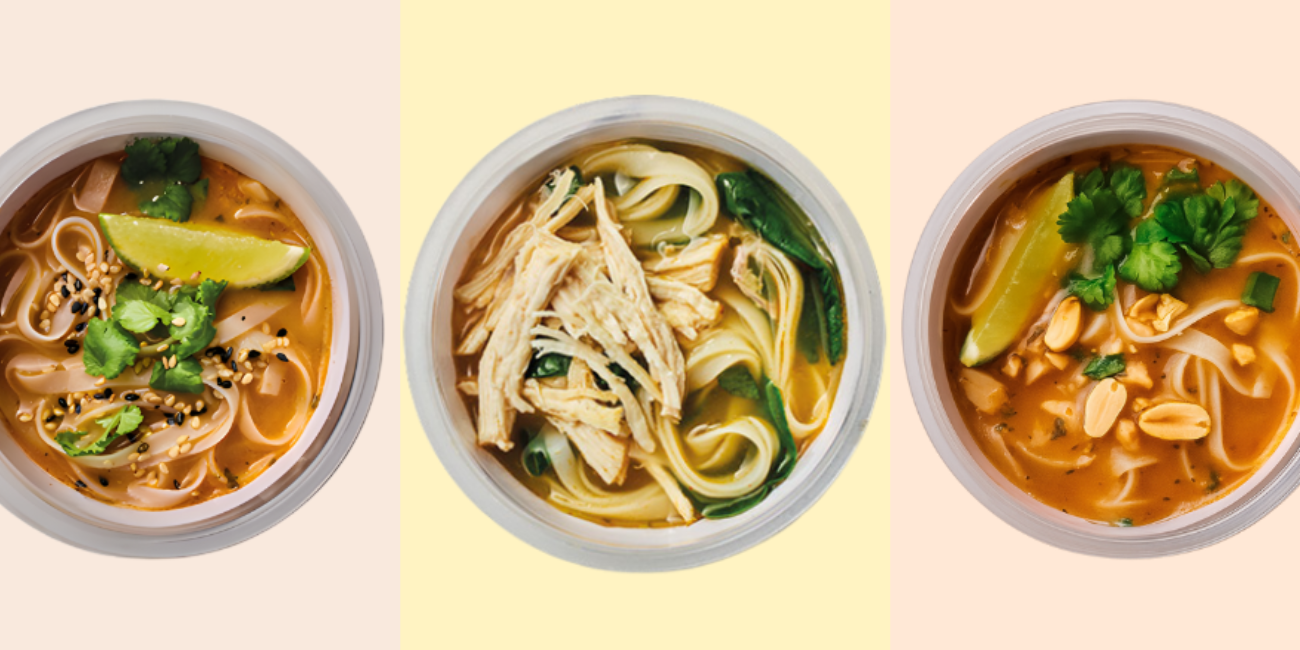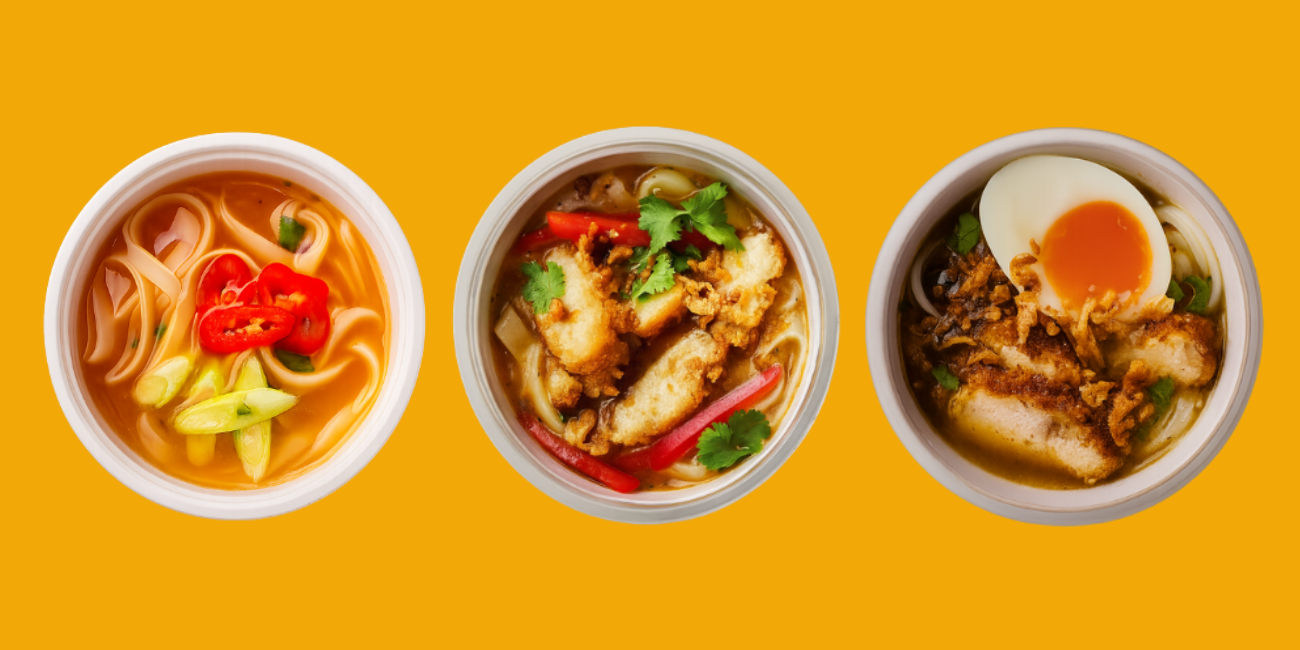the essential guide to vegan Japanese food
With the highest number of centenarians in the world, it is not surprising that the Japanese diet has attracted international interest. This generation of foodies is no exception as the fashion of sushi and noodles is reflected in the many food options on the high street. Traditional Japanese food, Washoku, has been bestowed the privilege of being included in UNESCO’s Intangible Cultural Heritage List. While most are reminded of sushi and sashimi when they think of Japanese food, the vegan diet goes a long way back as an established diet in Japanese history.
Veganism in Japan and Japanese cuisine
With Buddhism’s introduction to Japan in the 6th Century, it became forbidden to eat meat. Imperial edicts gradually outlawed the consumption of almost all flesh of animals and fowl. In 675 A.D., Emperor Tenmu issued an official decree banning the consumption of beef, horse, dog, chicken, and monkey. Beef became a strong taboo, with certain temples demanding more than 100 days of fasting as penance for consuming it. The Japanese people largely avoided eating meat for more than 12 centuries. It was only in 1872; Emperor Meiji lifted the ban on the consumption of red meat.
Japanese civilization developed around rice cultivation, made inherent through Shinto, closely tied to rice and the gods, who gave mythological rise to the Japanese imperial line. Even today, the emperor annually transplants rice seedlings in a paddy inside the Imperial Palace. Seasonality and freshness are innate in Japanese culinary tradition.
Livestock farming for food was not as developed in Japan as in the West. It was limited and not widespread. Instead, the supply of animals for consumption mostly came from hunting and gathering, largely centered around fish. Buddhism certainly shifted Japanese culture even further away from meat.
Monastic communities developed a style of vegetarian cuisine known as shjin ryri or devotion cuisine. It included an extensive repertoire of tofu dishes in various forms and flavours. With Zen Buddhism’s arrival from China in the 12th Century, the fundamentals of classical Japanese cuisine, largely vegetarian and vegan, were established. Zen practices influenced the development of cuisine served in the traditional Japanese tea ceremony – a style of cuisine known as kaiseki ryori. It gave rise to the traditional haute cuisine of contemporary Japan. The 13th Century writer and Soto Zen school founder, Dogen, pioneered Zen practices in cuisine. Dogen believed that like flower arranging or the tea ceremony (chanoyu), sh?jin ry?ri had the power to align mind, body, and soul.
Japanese cuisine has been influenced by culinary practices of other countries, from the introduction of rice from China to tempura by the Portuguese. With refined finesse, these influences were made uniquely Japanese, creating a food culture that continues to mesmerise the world. So, here’s a look at some of Japan’s celebrated vegan foods.
Vegetable gyoza
Gyoza is a Japanese dumpling made with a variety of fillings. Vegetable gyoza only uses plant-based ingredients. The skin of gyoza is made with wheat flour, salt, and water. Any combination of vegetables can be used for the filling. There are 4 main Gyoza styles based on the cooking method.
Yaki-Gyoza is steam fried. These are placed in a pan and fried for a short time then, water is added to the pan to steam the dumplings with the lid closed. Once the water is dried and steaming complete, the lid is taken off, and the gyoza is left to crisp up. Age-Gyoza is deep-fried, and Sui-Gyoza is boiled in soup, water, or a light broth. Mushi-Gyoza is probably the healthiest choice of them all, as it is steamed in a bamboo steamer.
Gyoza needs a good dipping sauce, such as soy sauce, ponzu sauce, duck sauce, hoisin sauce, or hot chilli oil. Gyoza is generally eaten as a side dish with ramen or sushi, although, if you are mad about gyoza, it can easily become a main.
Japanese Noodles
Noodles are commonly classified as vegan friendly, except for egg noodles. They contain flour made from wheat, rice, grains or roots, water, and salt.
Udon
They are the thickest of Japanese noodle varieties and are made from wheat flour and saltwater. These thick, white, flat strands are pleasurably chewy and soak up swirls of flavour. Their texture and quality make them ideal for dropping in soups and broths. It is used in warm and cold dishes. The Japanese believe Udon noodles can warm the stomach. Japanese curry Udon is a traditional Japanese dish paired with Udon. The noodles are tossed in stir-fries as well.
Soba
These noodles are mainly made from buckwheat flour and water, combining some wheat flour to reduce the brittleness from the buckwheat flour. They are brownish in colour and rougher in texture. Soba noodles are eaten hot and cold. They can be stir-fried or eaten with broth.
Ramen
It is the Japanese noodles loved by the world, securing a special place in millions of hearts across the globe thanks to instant ramen available everywhere. Ramen is made from wheat flour, salt, and alkaline water that gives its yellow colour. While the classic ramen uses meat, you can always substitute meat in the broth with shiitake mushrooms to create a plant-based umami flavour. Vegan ramen can be topped with steamed and raw vegetables and garnishes.
Miso Soup
This is a dish that has ancient roots in the Japanese diet. Japanese are known to have a bowl of miso soup every day. Miso is a fermented soybean paste. It can differ in colour and flavour, from mellow white to dark brown and red. Soybeans are cooked, salted, and mixed with a mould known as aspergillus oryzae or k?ji. It is then left to ferment for months or even years. The fermentation produces a range of salty, earthy and umami flavours.
Miso soup is made by mixing the miso paste with stock and adding tofu and seaweed. Vegan miso soup uses vegetable stock. It is a clear soup that often accompanies sushi.
Sweet Potato
The simple baked sweet potato is one of the most popular vegetable side dishes in Japan. Japanese sweet potatoes have deep magenta skins and white or yellow flesh. Once baked in the oven with a drizzle of oil, they can be enjoyed with a sprinkle of salt. Its fluffy flesh is filling and nutritious.
Mochi
This sweet, chewy rice cake is an iconic Japanese food, made and eaten especially in the New Year. Mochi is made with a short-grain, glutinous type of Japonica rice. The rice is soaked overnight and steamed. After about 40 minutes of steaming, the rice is pounded into a smooth, thick dough. The hot dough is turned intermittently. When ready, it is shaped into buns. Mochi is filled with numerous fillings, especially a sweet red bean paste. Ice cream, chocolate, and fruit are favourites too.
Onigiri
These are salted, pressed rice balls often shaped into triangles and covered with strips of nori. Vegan onigiri is filled with plant-based stuffing. Sometimes these are slathered with miso or brushed with soy sauce and grilled. They are called yaki onigiri or grilled pressed rice.
Meat substitutes and alternatives
Tofu
Tofu is Japan’s most famous stand-in for meat. It is made from soya milk, making it nutritious and rich in protein. Although internationally, tofu is considered a meat substitute, it is often used in Japanese cooking, regardless of dietary habits. Sriracha, Ssamjang, teriyaki, black bean, peanut sauce, and sweet chilli sauce accompany tofu.
Tempeh
Originated in Indonesia, Tempeh is the most popular Japanese soy food. It acts as a popular meat alternative because of its chewy texture and distinct flavour. Tempeh is a cake of cooked and fermented soybeans held together by the mycelium of Rhizopus oligosporus. A wide variety of tempeh-based meat analogues are available. Teriyaki, sweet and sour sauce, peanut sauce, and Kombucha BBQ sauce make tempeh delicious.
Plant-based meat
Plant-based meat is food that mimics the taste, texture, and appearance of meat products. These are made from plant ingredients and substitute ground beef, meatballs, sausages, nuggets, and other meat items. Nothing beats teriyaki and Ssamjang though, when it comes to enhancing meaty flavours.




